In the aftermath of the devastating 2019 fire that nearly consumed Paris Cathedral, a startling secret emerged during the reconstruction efforts in 2022. Lead coffins, holding well-preserved skeletal remains, were unearthed, shedding light on the lives of a high priest and a young nobleman.
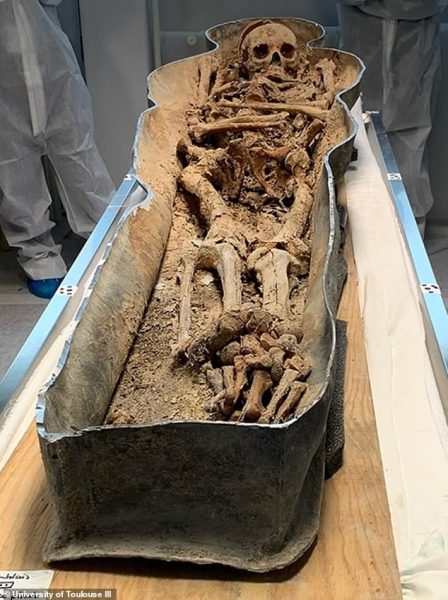
The namesake of the young man remains unknown, but the priest’s coffin features an identification plate with the name Antoine de la Porte and the date of his death, December 24. Remarkably, this man lived to the age of 83.
Despite the extensive damage caused by the fire, firefighters managed to save Notre Dame’s spectacular Gothic façade and two iconic towers. The authorities have set 2024 as the completion date for the reconstruction.
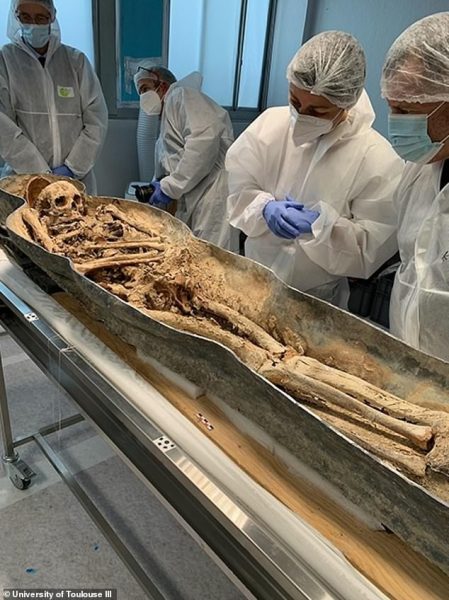
The lead coffins, discovered in March, were opened only last month, revealing a unique glimpse into medieval burial practices. “Burials in cathedrals were practiced throughout the medieval and modern era, with the most sought-after places being near the choir,” noted researchers from the University of Toulouse.
The meticulous examination of the remains at the university hospital aimed to determine the individuals’ identities, causes of death, and lifestyles. The lead coffins, belonging to different archaeological strata, differed significantly in shape, assembly method, alloy, and age.
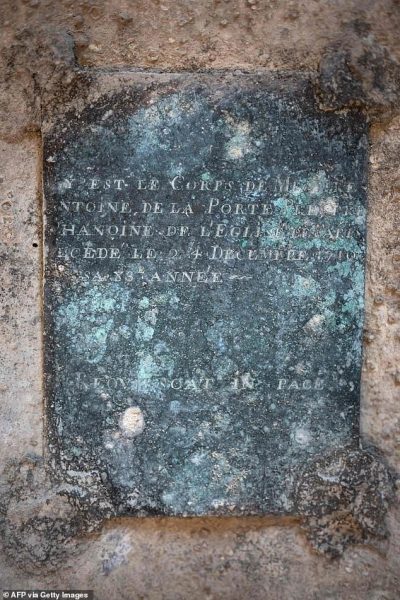
The high priest, known as “jubilee canon,” financially supported the remodeling of Notre Dame’s choir room in fulfillment of Louis XIII’s vow. He was buried surrounded by remains related to the destruction of the medieval screen.
Archaeologists identified three medals in the canon’s coffin, indicating his significant role in supporting the cathedral’s restoration.
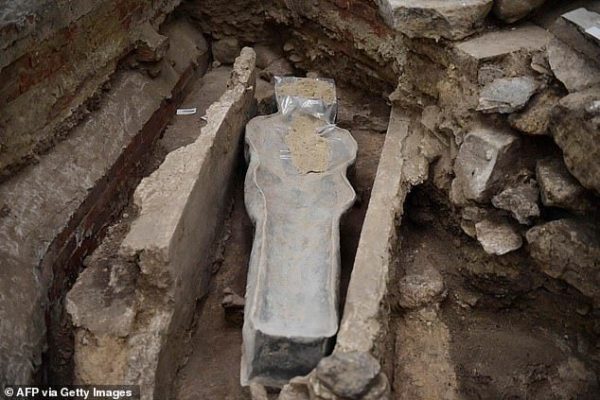
In contrast, the tomb of the unknown nobleman, also made of lead, was molded to form the man’s body. The well-preserved remains, including hair and beard, suggest aristocratic status. Examination revealed he was between 25 and 40 years old at the time of death, with marks associated with horse riding on his upper extremities.
Named “Le Cavalier,” current analysis suggests he died between the 14th and 18th centuries, likely from chronic meningitis due to tuberculosis. Researchers utilized an endoscopic camera to explore his sarcophagus, detecting leaves and a likely wreath, indicating his aristocratic status.
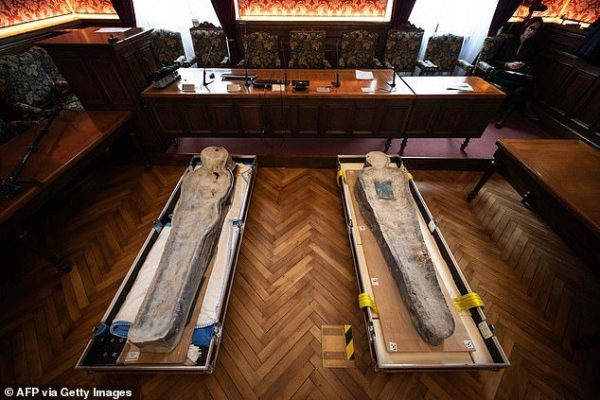
The ongoing analyses will provide further insights into the lives and deaths of these individuals. The first results are anticipated in the first half of 2023, offering a deeper understanding of this intriguing chapter in Notre Dame’s history.
The 2019 fire captured global attention, and the subsequent discoveries provide both archaeological and historical significance to the ongoing narrative of this iconic cathedral.





